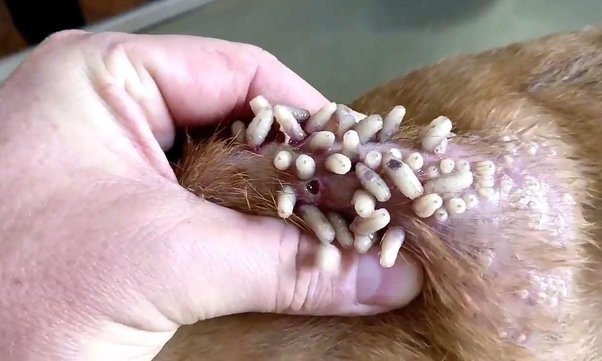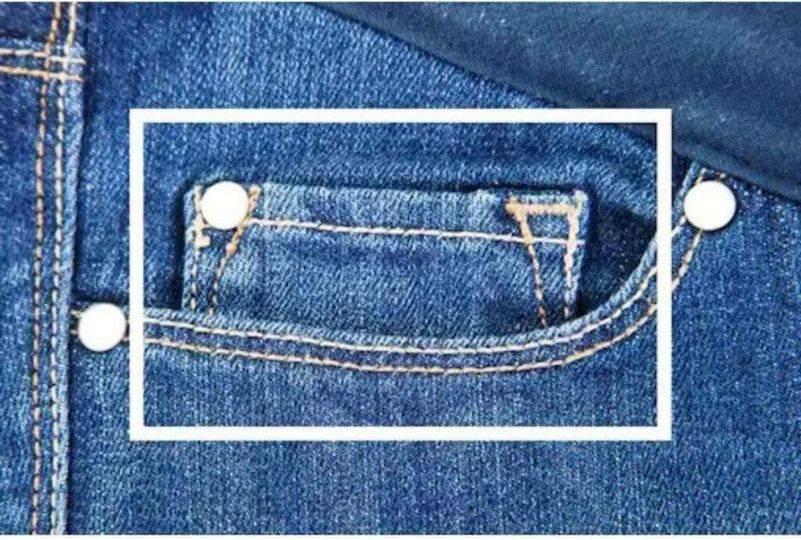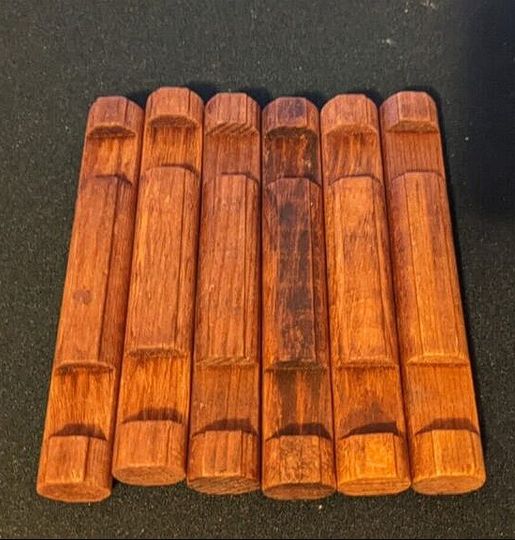As a dog owner, you may have heard of common worms like roundworms, tapeworms, and hookworms. But have you ever heard of mango worms? These little pests can cause a lot of discomfort for your furry friend by living inside their skin. While they aren’t necessarily dangerous, they can still cause distress and irritation. Let’s learn more about mango worms and how to prevent and treat them.

What are Mango Worms?
Mango worms, also known as mango flies, are tropical blowflies that originate from Africa. Unlike other parasites that affect the digestive system, mango worms target the skin and fur of dogs. They enter the dog’s skin as larvae and feed on the tissue to fuel their growth. This makes them parasites, as they depend on your dog for sustenance.

How Do Mango Worms Infect Dogs?
Mango worms often lurk in soil that contains feces or urine. They lay their eggs in the soil, and when dogs play in contaminated areas, the eggs can adhere to their skin. Once the eggs hatch, the larvae burrow into the dog’s skin, causing irritation and discomfort. This can lead to itching, scratching, and the formation of red boils.
Symptoms of Mango Worm Infestation
Identifying mango worm infestation can be challenging, as there are often no visible symptoms initially. However, once the larvae within the skin mature, symptoms may appear. Look out for the following signs in your dog:
– Itching
– Skin redness
– Blisters or boils
– Difficulty sleeping
– Fever
– Unusual behavior
If you notice any of these symptoms, it’s essential to take your dog to the vet for a proper diagnosis.
Treatment for Mango Worms
If you suspect your dog has mango worms, it’s crucial to seek veterinary care immediately. Attempting to treat the infestation on your own can lead to serious complications. The veterinarian will determine the best course of action, which may include:
1. Special Injections: Your vet may administer injections such as epinephrine and lidocaine to eliminate the mango worm larvae.
2. Suffocating the Larvae: In some cases, veterinarians may remove the scabs from the boils and apply a substance like sterile wax or jelly to suffocate the larvae.
3. Popping the Boils: The vet may squeeze the boils or pimples in a sterile manner to remove each larva.
It’s important to note that dogs with mango worm infestations are at risk of skin infections. The presence of worms causes severe irritation, and bacteria can easily enter the skin, leading to potentially life-threatening infections.
Preventing Mango Worm Infestations
Prevention is key when it comes to mango worms. Since these parasites primarily come from soil contaminated with feces or urine, it’s essential to prevent your dog from playing in such areas. Regularly groom your dog’s coat and keep their skin clean to minimize the risk of infestation.
Can Mango Worms Infect Humans?
Mango worms primarily affect dogs and are unlikely to infect humans. Unlike dogs, humans do not have fur for the parasites to latch onto, and we don’t roll around in the dirt like our canine companions. However, it’s possible for mango fly eggs to contaminate clothing. To avoid this, be cautious when hanging your clothes out to dry in areas where mango flies are present.
While mango worms are more common in certain parts of the world, it’s essential for dog owners to be aware of this issue. If you live in an area where mango worms are prevalent, take extra precautions to prevent infestation in your dog. If you suspect an infection, seek veterinary treatment promptly. Remember, a happy and healthy dog is a worm-free dog!





